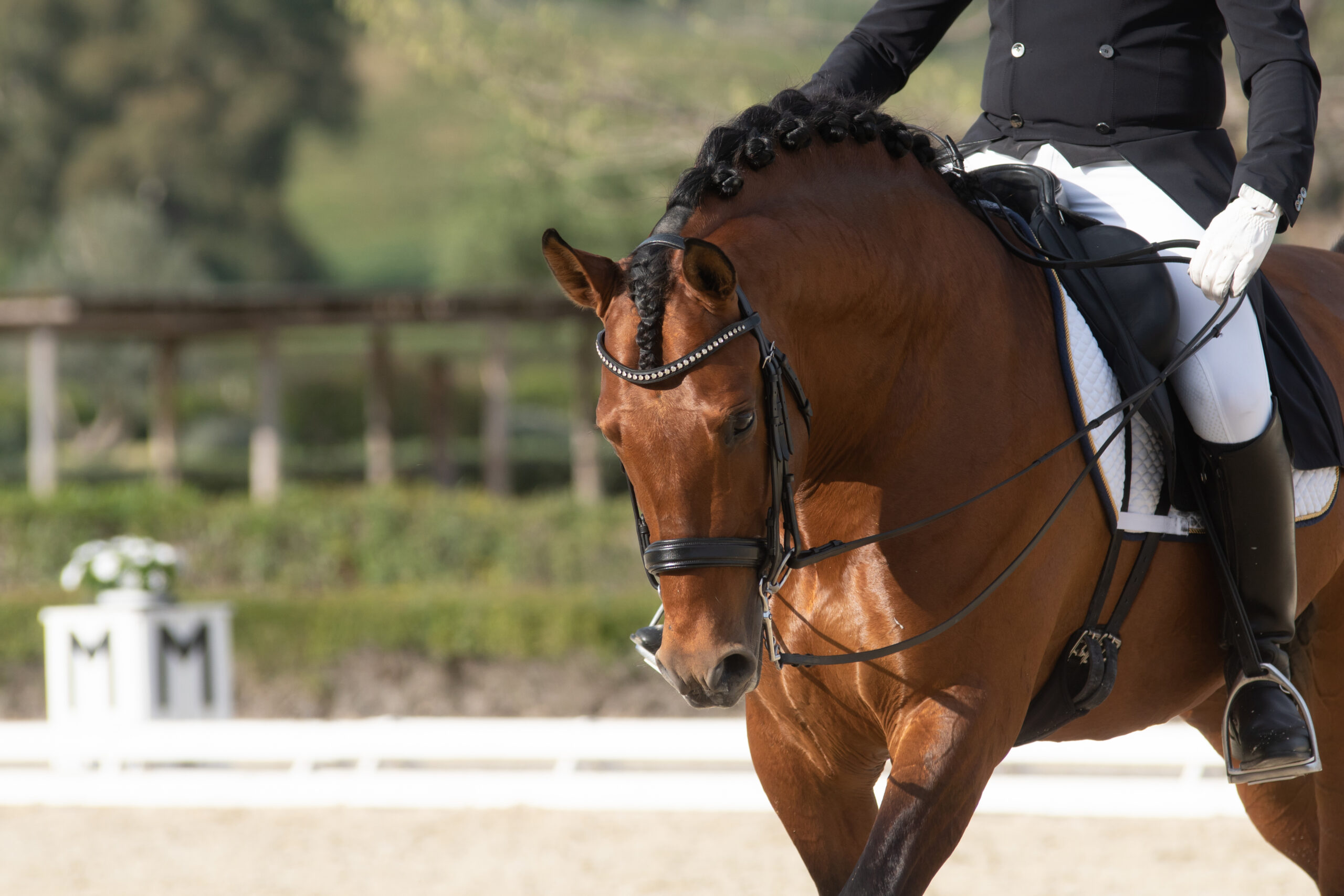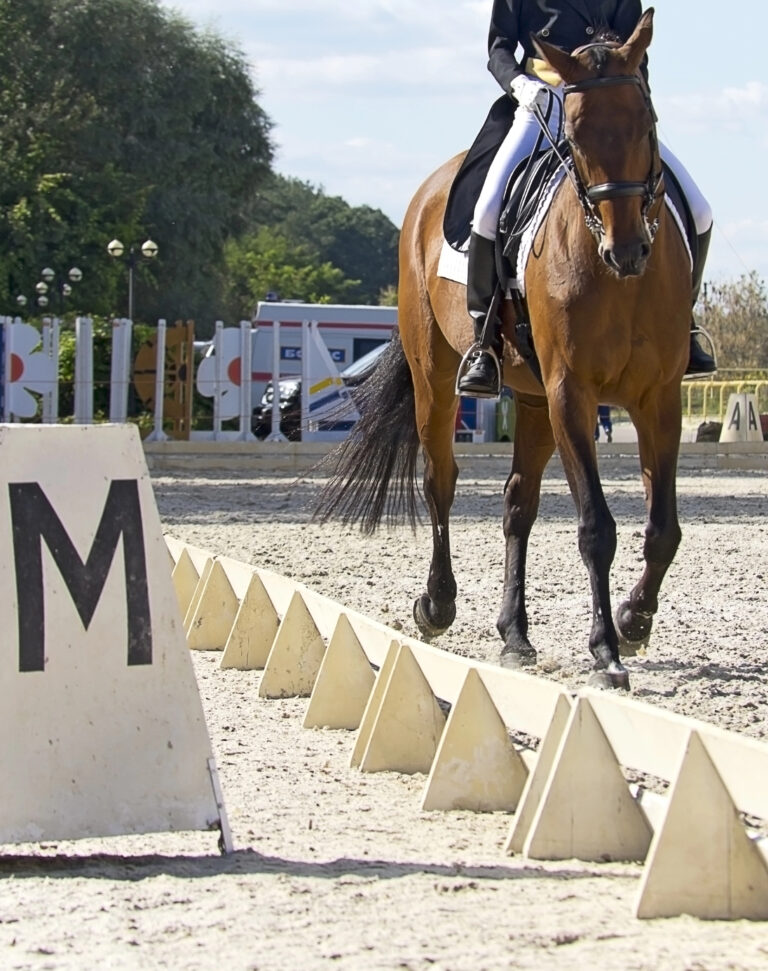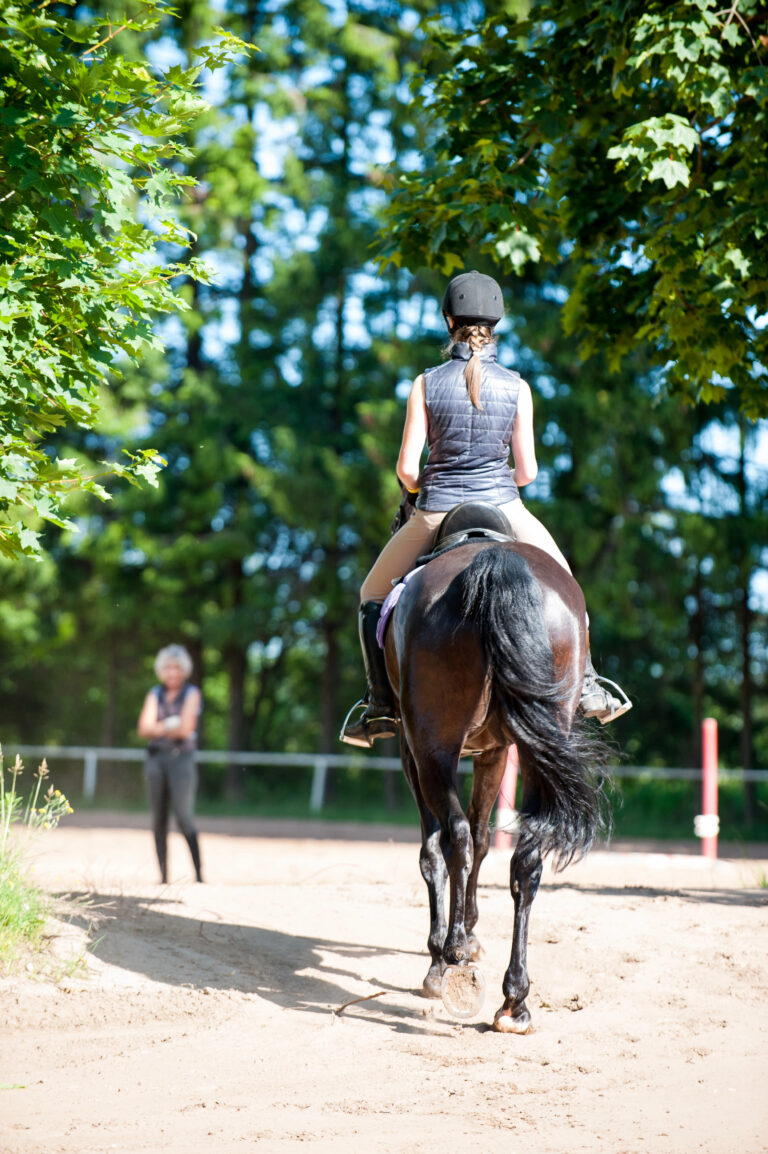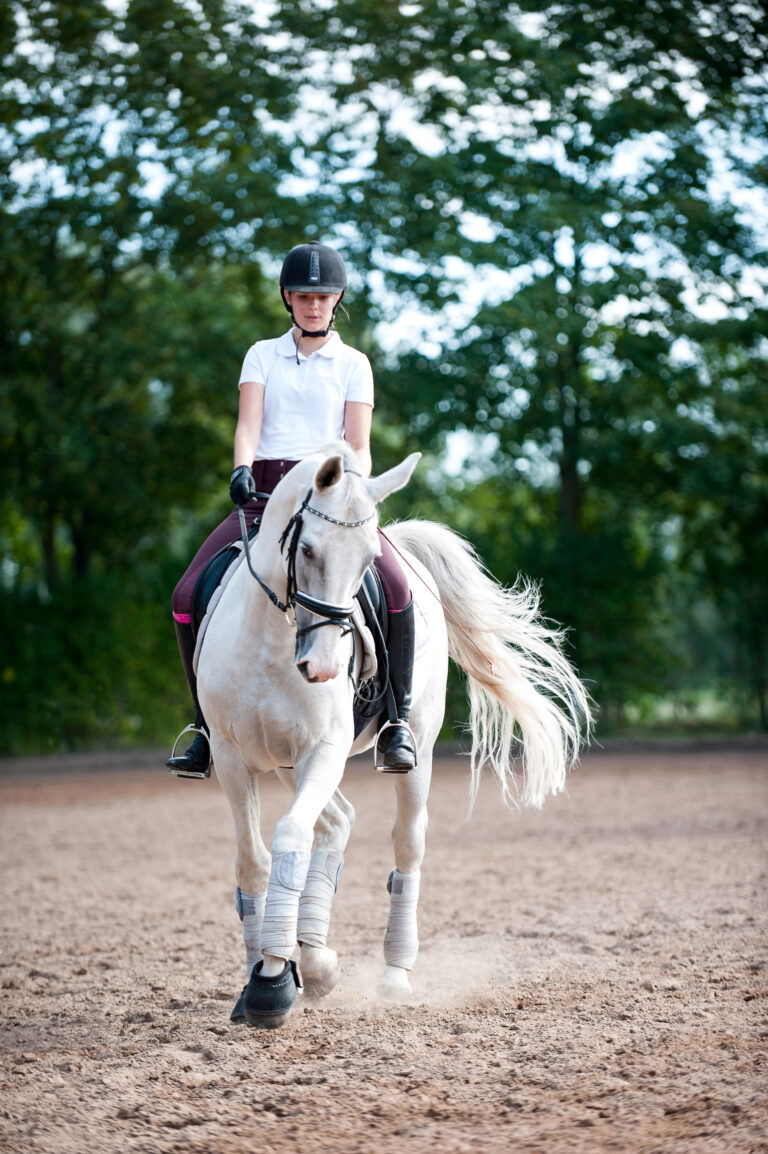Encouraging Your Horse to Reach for the Bit: Tips for a Balanced, Responsive Ride
Getting your horse to respond to your leg aids by reaching for the bit is an important skill in riding. It helps create a better connection between you and your horse, making them more balanced and responsive to your cues. When a horse reaches for the bit, they’re moving forward and engaging their whole body, which makes your ride smoother and more controlled.
In this post, we’ll go over some easy steps to teach your horse this skill. Whether you’re just starting out or looking to improve your horse’s response, these tips will help you build a stronger, more trusting partnership.
Develop a Consistent Leg Aid Response
To teach your horse to reach for the bit, start by building a consistent response to your leg aids. This means giving a light aid, waiting for a reaction, releasing the aid, and then repeating the process to reinforce their response.
Start by giving a gentle leg aid—just enough pressure to encourage your horse to move forward. After you apply the aid, wait for a moment (usually 1-2 seconds) to see if your horse responds. If they move forward, release the aid immediately by softening your legs or even giving a small pat to reward them. If there’s no reaction within those couple of seconds, apply a stronger aid until they respond, and release as soon as they do.
After each reaction and release, repeat the light aid you began with. The goal is for your horse to respond to this light, initial aid without needing increased pressure each time. By consistently giving a light aid, waiting briefly, and releasing with each response, your horse will start to understand and react quickly to your gentle leg aid, creating a solid foundation for reaching toward the bit.
Encourage Forward Energy and Contact
Now that your horse is responding to light leg aids, the next step is to encourage them to reach for the bit by building forward energy and maintaining steady contact.
Start by asking your horse for a bit more energy in their movement, especially at the trot or canter. Use a gentle leg aid to ask them to move forward, creating a sense of forward motion. As they pick up energy, keep a soft, steady contact with the reins. It’s important not to pull back; instead, think of allowing the horse to move into the contact.
As your horse moves forward, they’ll start to reach with their head and neck toward the bit, creating a relaxed connection with your hands. This happens naturally as they seek balance and rhythm with your leg and rein aids. If your horse begins to lift their head or pull against the reins, you can use a small half-halt or a gentle squeeze on the reins to remind them to stay soft and connected.
This forward energy combined with steady rein contact will help your horse understand that moving into the bit creates a comfortable, balanced feeling. Practicing this will encourage your horse to reach forward into the bit each time you apply a gentle leg aid.
Combine Leg Aids with Soft Hands
Now that your horse is moving forward with energy, it’s time to fine-tune the connection between your leg aids and your hands. The goal here is to guide your horse to reach for the bit smoothly, using a light leg aid combined with soft, steady rein contact.
Start by applying a gentle leg aid to ask for more forward energy. As your horse responds by moving forward, make sure your hands are soft and allow a steady contact with the reins. Think of your hands as gently following your horse’s mouth instead of holding or pulling back. This encourages them to reach toward the bit without resistance.
If your horse starts to lift their head or brace against the bit, use a small half-halt or a gentle squeeze on the reins. A half-halt is a brief pause in your hand, like a tiny reminder, telling the horse to stay balanced and keep their attention on you. Be careful not to overdo it—just a light half-halt to encourage relaxation and roundness.
Once your horse softens and reaches into the bit, release the pressure slightly and keep a consistent, inviting contact. By combining light leg aids with soft hands, you’ll create a clear message for your horse to move forward into the bit, which will help build trust and a smoother, more connected feel.
Use Transitions to Reinforce Connection
Practicing transitions is one of the best ways to build a solid connection with your horse and encourage them to reach for the bit. Smooth, connected transitions help your horse engage their hindquarters, which naturally brings their head toward the bit and creates a balanced, forward movement.
Practice Smooth Transitions
Start with simple transitions, like trot-walk-trot and trot-canter-trot. As you move between gaits, maintain a steady, soft contact with the reins and use a gentle leg aid to support the transition. Aim for smooth, controlled transitions where your horse doesn’t rush or resist the change. This steady rein contact, paired with light leg aids, helps your horse understand that they should stay connected to you through each transition.
Encourage Hind Engagement
Transitions encourage your horse to shift their weight to their hindquarters, engaging the muscles in their back end. This engagement helps them move more balanced and gives them the support they need to reach toward the bit with their head and neck. Each transition allows your horse to rebalance, using their hind legs to carry more weight, which in turn encourages a more relaxed, forward stretch into the bit.
Goal: Create Smooth, Connected Transitions
The goal of practicing these transitions is to create a steady, connected feel between you and your horse. When done consistently, smooth transitions encourage your horse to stay attentive and reach for the bit with each new movement. As they become more comfortable rebalancing with your light aids, they’ll naturally start reaching forward, maintaining connection and balance through each transition.
Reward Small Successes
Teaching your horse to respond by reaching for the bit takes time and patience. To keep them motivated and reinforce the behavior, it’s important to reward even the smallest signs of progress. Positive reinforcement helps your horse understand that they’re on the right track and encourages them to keep improving.
Acknowledge Progress
Whenever your horse responds correctly to a light leg aid by reaching for the bit or moving forward smoothly, reward them right away. This can be as simple as softening your rein contact slightly, relaxing your leg pressure, or giving them a gentle pat. Small rewards let your horse know that they did what you asked and that you appreciate their effort.
Positive Reinforcement
Consider using positive reinforcement consistently during your training sessions. A reward doesn’t have to be dramatic—even a slight release of pressure communicates that they responded correctly. You could also speak to your horse in a calm, encouraging tone to reassure them. Over time, your horse will connect this positive feedback with the behavior you’re aiming for.
Importance of Patience
Remember that reaching for the bit is a new skill for your horse, and it takes time to build trust and understanding. Consistently rewarding small steps toward your goal helps build confidence. If progress seems slow, stay patient and keep reinforcing every positive response. With time and patience, your horse will learn to respond reliably to your leg aids by reaching for the bit and moving forward with confidence.



